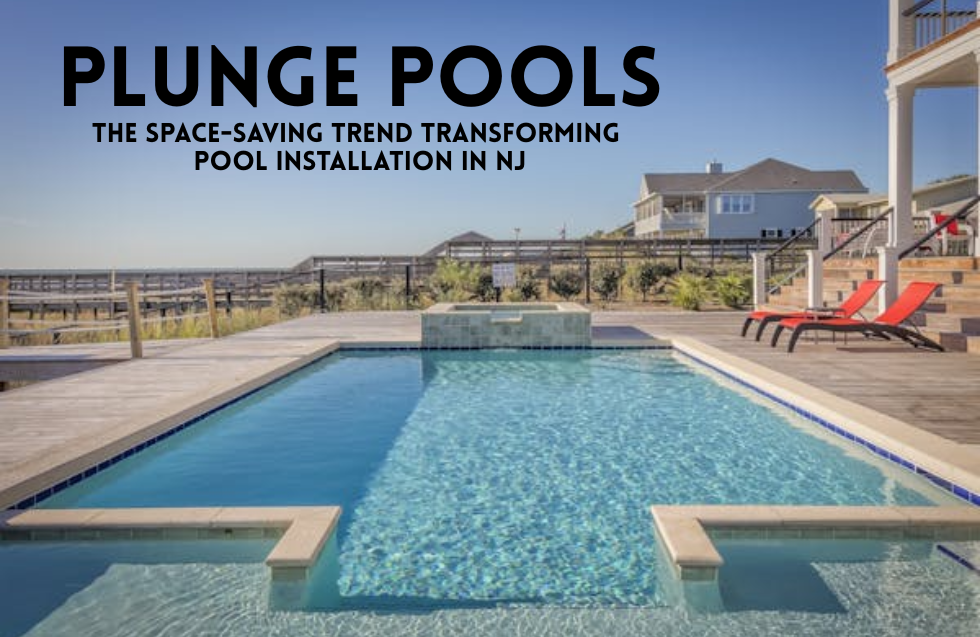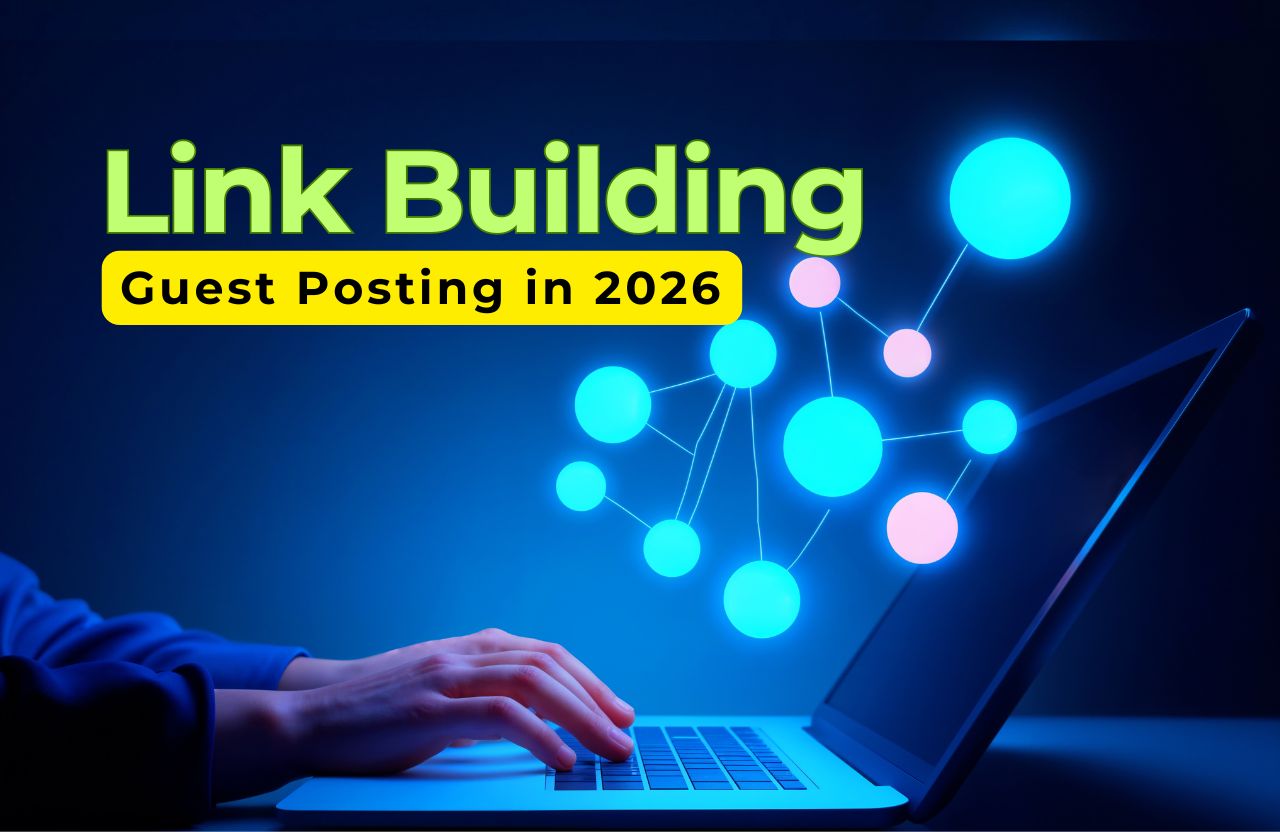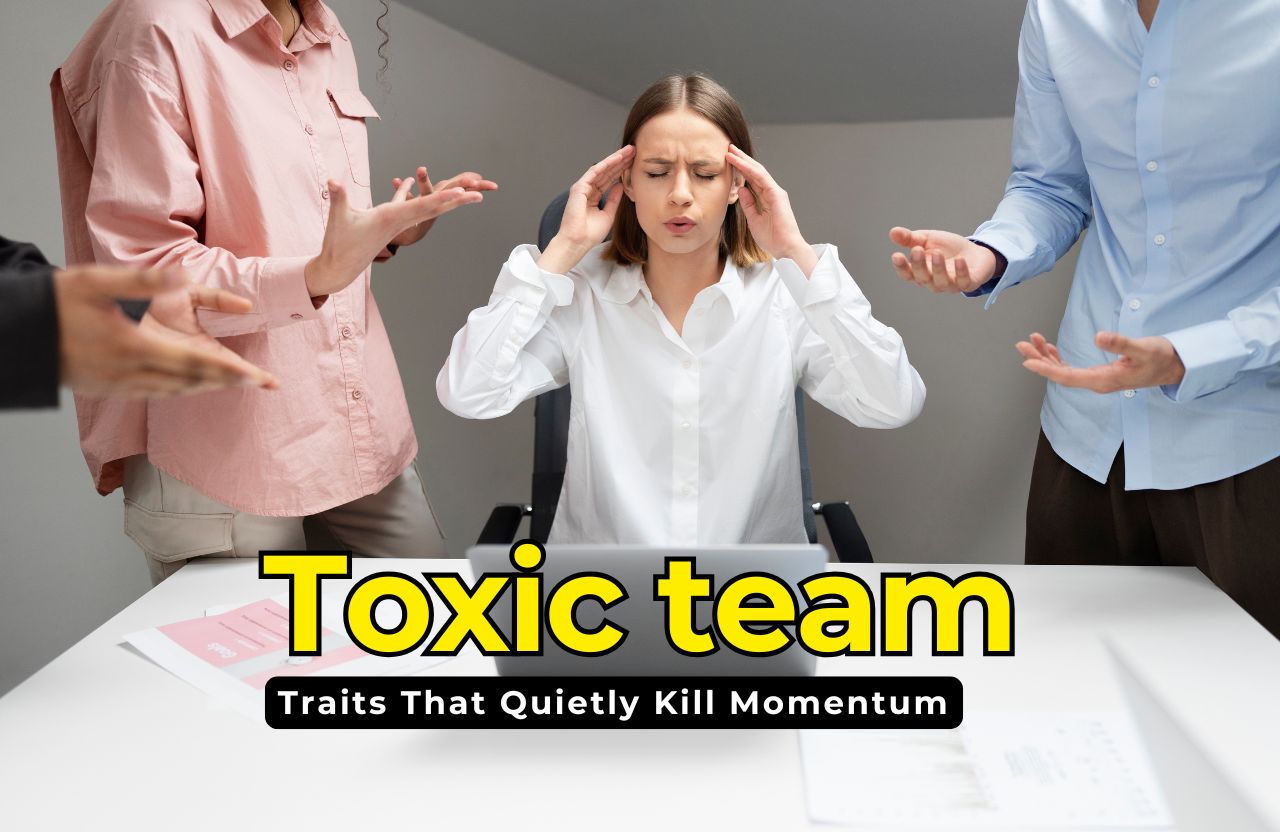“We just don’t have enough room.” That’s what John and Maria Castillo thought when they first dreamed of adding a swimming pool to their modest Montclair backyard. Their story isn’t unique—thousands of New Jersey homeowners abandon their aquatic dreams when faced with postage-stamp yards and towering price quotes.
Recent shifts in pool installation in NJ have changed these conversations dramatically. Local contractors report surging interest in compact alternatives that deliver the luxury experience without demanding mansion-sized plots or bank-breaking budgets. Enter the plunge pool—the secret weapon for space-conscious homeowners.
Not Your Neighbor’s Olympic Pool
Walk into any backyard with a plunge pool, and the first thing you’ll notice is the distinctive size. Measuring roughly 10-16 feet long by 6-8 feet wide, these aquatic jewels occupy about a third of the space their conventional cousins demand.
But don’t mistake compact for compromise. Today’s plunge pools pack surprising versatility into their reduced footprints:
- Water temperatures that adjust from refreshing cool dips to steamy winter soaks
- Massage jets that melt away workday tension
- Bench seating that transforms water into a social space
- Custom depths ranging from kiddie-friendly to deep relaxation
The distinction lies in purpose. Traditional pools serve the lap-swimmer and cannonball enthusiast. Plunge pools cater to those seeking immersion without dedicating half their property to chlorinated real estate.
The Garden State Space Squeeze
Anyone house-hunting in Bergen, Essex, or Morris counties understands the premium placed on outdoor space. When detached homes routinely sell for $700K+ with modest yards, every square foot demands careful allocation.
This spatial math makes the plunge pool proposition particularly compelling:
Land Use Reality Check
The raw numbers tell the story. Where standard pools gobble up 600-800 square feet minimum, plunge installations require just 150-200 square feet on average. This difference isn’t merely academic—it’s the difference between having a pool or a patio versus enjoying both.
“Our clients increasingly ask about maintaining green space alongside water features,” notes a veteran landscape architect from Short Hills. “The days of yard-dominating pools are waning as outdoor living becomes more nuanced.”
Budget Breathers Welcome
When traditional in-ground installations routinely start at $65,000 in northern New Jersey suburbs (before adding essential features), the comparative affordability of plunge alternatives—typically 35-45% less—opens aquatic possibilities to previously excluded homeowners.
This financial relief extends beyond installation day:
- Water volume reductions of 60-70% slash utility demands
- Chemical requirements drop proportionally
- Smaller heating systems reduce energy consumption
- Winterization costs decrease substantially
Schedule Sanity
Anyone who’s survived a major home project understands the timeline terror. Standard pool installations disrupt backyard access for 8-12 weeks minimum. Plunge projects typically wrap within 3-5 weeks, reducing contractor traffic and reclaiming precious summer days.
Beyond Ordinary: The Tech Transformation
Visit the Patersons’ modest Wayne township property, and their plunge pool tells a technology story far beyond its dimensions:
Climate Control Revolution
New Jersey’s fickle climate—where March blizzards and October heat waves coexist—demands adaptive water environments. Advanced thermal management systems extend swim seasons dramatically, with some homeowners reporting comfortable use from April through November.
Smartphone control interfaces allow temperature adjustments during commutes home. Imagine arriving at perfectly heated water after battling Garden State Parkway traffic.
Night-Time Transformation
The Rodriguezes’ plunge pool in Livingston changes personality after sunset. Their strategically programmed LED system cycles through color schemes that complement outdoor gatherings—subtle blues for intimate evenings, vibrant purples for weekend celebrations.
These lighting systems serve aesthetic and practical functions simultaneously, eliminating the need for separate pool and landscape lighting plans.
Set-and-Forget Maintenance
“Sunday morning chemical testing wasn’t exactly my dream retirement activity,” laughs a recent plunge pool convert from Princeton. His automated management system monitors pH, chlorine, and bacterial levels continuously, dispensing treatments precisely when needed—not on fixed schedules.
These systems reduce chemical waste while maintaining superior water quality, addressing both environmental and health concerns.
Design Integration: The Jersey Context
The architectural diversity across New Jersey townships demands thoughtful installation approaches:
Landscape Conversation
Successful plunge installations engage meaningfully with existing hardscapes and plantings. Stone selections echo home facades; surrounding plantings provide seasonal interest while softening transitions between built elements.
In densely developed communities like Hoboken and Jersey City, rooftop plunge installations create unexpected oases amid urban intensity.
Neighbor-Friendly Planning
When homes stand fifteen feet apart (common in developments from Teaneck to Cherry Hill), privacy considerations become paramount. Raised planting beds, strategic fencing segments, and movable privacy screens transform exposed spaces into secluded retreats.
Four-Season Functionality
Unlike southern states where pools function year-round naturally, New Jersey installations require deliberate weatherproofing. Insulated covers, auxiliary heating systems, and protective enclosures extend usability while preserving infrastructure through freeze-thaw cycles.
As lot sizes shrink while expectations for outdoor living expand, plunge pools represent the inevitable evolution of backyard water features across the Garden State, proving that smaller footprints need not mean diminished enjoyment.
For those still on the fence, consider this: while the neighbors battle for summer weekend appointments with overbooked pool contractors, plunge projects often move forward with shorter lead times. This accessibility, combined with their design flexibility, makes them particularly well-suited to New Jersey’s diverse housing stock—from historic Victorians in Maplewood to mid-century ranches in Paramus and everything in between. The question isn’t whether a plunge pool fits your lifestyle, but rather, why wait another sweltering summer without one?












